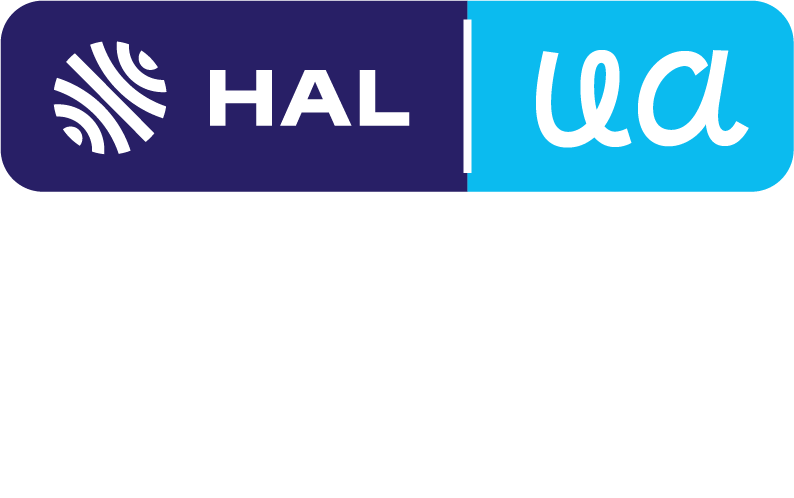Laser Desorption Ionization and Related Methods for the Detection of Small Molecules
Résumé
In recent years metabolomic profiling and dereplication have become important tools in the field of natural products’ (NPs) research and quality control. These experiments are mainly based on methods such as high-performance liquid chromatography coupled with mass spectrometry (HPLC-MS) as well as 1H and 13C nuclear magnetic resonance spectroscopy (NMR) (El-Elimat, T., et al. J. Nat. Prod. 2013, 76, 1709–1716; Williams, R.B., et al. Org. Biomol. Chem. 2015, 39, 9957–9962). On the other hand matrix assisted matrix laser desorption ionization (MALDI) and matrix free laser desorption ionization (LDI) are hardly discussed in this context. This lecture will highlight some recent advances in both methods such as the development of selective MALDI matrices for the detection of alkaloids in complex mixtures but also the matrix free LDI of NPs. Many NPs exhibit close structural similarities to MALDI matrices and can be directly ionized by LDI (Schinkovitz, A., et al. J. Mass Spectrom. 2015, 50 , 270–274 ; Le-Pogam, P., et al. Anal. Chem. 2015, 87, 10421–10428). The effect is observed for a large variety of different compounds belonging to various chemical families, such as flavonoids, coumarins, tocopherols, and alkaloids, some of which could even be detected from crude extracts. Eventually the concept of selective signal enhancement by multi-wavelength laser irradiation targeting absorption maxima of selected analytes will be discussed
Domaines
Sciences du Vivant [q-bio]| Origine | Accord explicite pour ce dépôt |
|---|
Loading...


